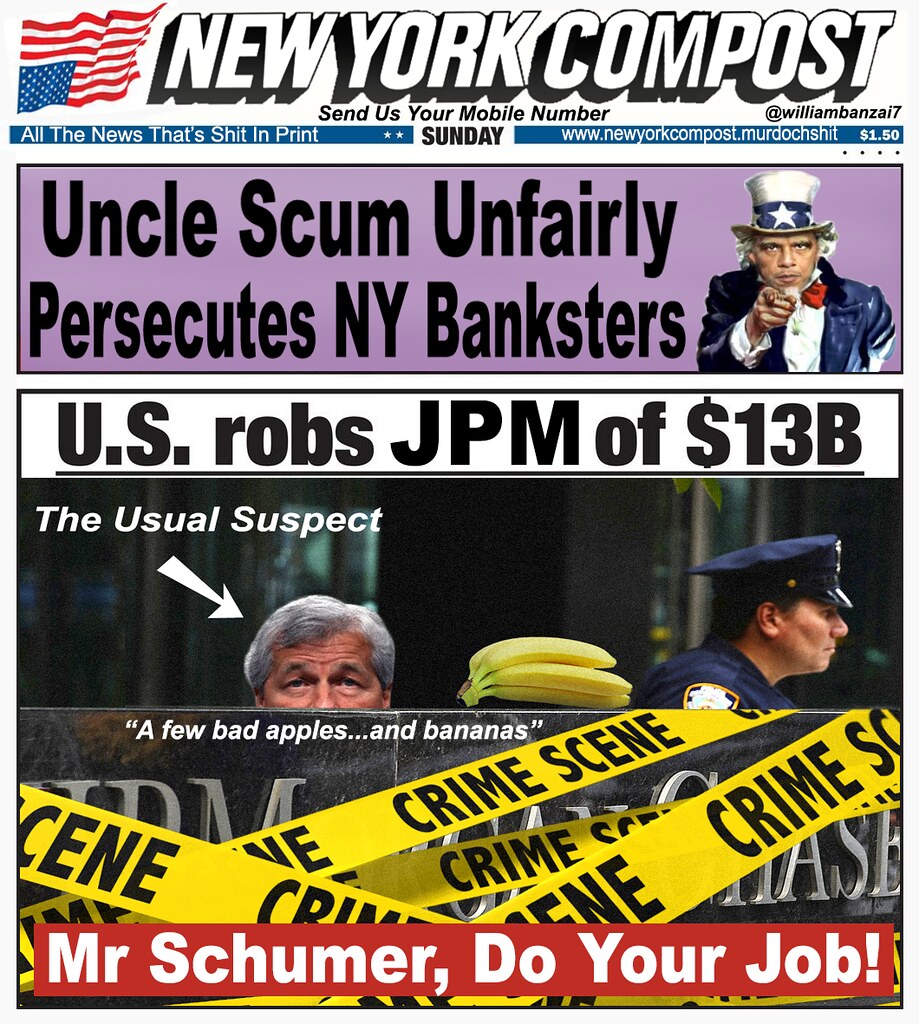It would appear that French-owned Fitch, following its rating-watch-negative shift on the US credit rating last week, has got a tap on the shoulder from the powers that be. As Hollande complains about Obama's espionage, Fitch has released a statement explaining how the USA can do whatever it wants and not be downgraded. With only the Chinese ratings agency "able" to openly comment on the creditworthiness of the USA, it is no surprise that Fitch gave itself an "out" on the basis of the USDollar's exorbitant previlege.
Fitch Ratings says in a new report that even for a sovereign with the strongest credit fundamentals, there will be a gross general government debt (GGGD)/GDP level above which Fitch believes its rating is no longer compatible with 'AAA'.
This is usually 80%-90%, but can be higher for sovereigns with exceptional financing flexibility, such as benchmark borrowers with reserve currency status. As we have highlighted before, for France, Germany and the UK, this threshold is currently 90%-100%, and for the US, it is currently 110%, provided debt is then placed on a firm downward path over the medium term.
Our 80%-90% threshold recognises that sovereigns with (otherwise) 'AAA' characteristics have high financing flexibility and debt tolerance. Nevertheless, such a high level of debt tends to persist and potentially limits the capacity to respond to future shocks. It can also have a negative impact on growth.
Fitch gives a 'AAA' rated sovereign some leeway in allowing a temporary rise in its GGGD/GDP ratio before a downgrade. This stickiness also works in the other direction. The ratio needs to be steadily declining before restoring 'AAA' status, if warranted by other credit factors. Debt dynamics would need to be resilient to shocks to ensure that the 80%-90% level is not breached again. This would imply a fall in the debt ratio (not just a projected fall) of around 10pp of GDP or more from the downgrade level and would likely take several years.
A larger fall in the debt ratio would likely be required to restore the 'AAA' if the associated shock that precipitated the sharp increase in the debt ratio and downgrade revealed or triggered other negative credit developments such as weakening in the fiscal policy framework or credibility, a worsening in the structure of government debt, deterioration in economic growth prospects or a weakening in political stability or governance.
The 2013 median GGGD/GDP ratio for 'AAA' rated sovereigns is 47%, compared with 42% for all Fitch-rated sovereigns. But other credit strengths are sufficient to outweigh the potential drag on the rating from public debt. They typically have debt denominated in their own currency and can issue at long maturity while low interest rates hold down service costs.
The trajectory of GGGD/GDP may, at a particular time, be the key driver of rating actions for 'AAA' or 'AA+' rated sovereigns. However, ratings reflect the strengths and weaknesses of many factors, not just public debt. Thus rating actions can bite at various GGGD/GDP ratios.
So there it is folks… because of the dollar's exorbitant privelege position of world reserve currency, Reinhart and Rogoff's 90% barrier is irrelevant… It seems that Fitch is measuring pure default risk and not a "default and recovery" measure…
Simply put, there ain't no stopping US now…
![]()
via Zero Hedge http://feedproxy.google.com/~r/zerohedge/feed/~3/-lkpnllo-XM/story01.htm Tyler Durden














